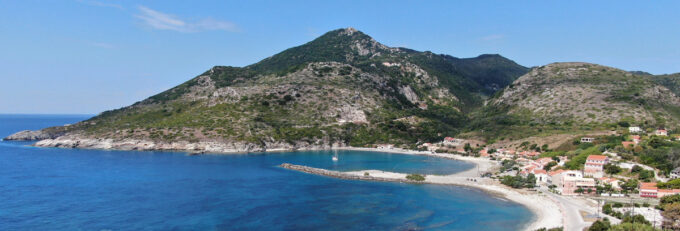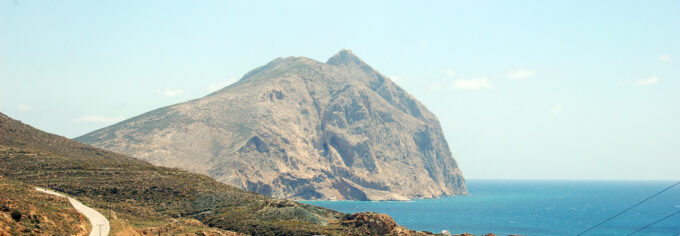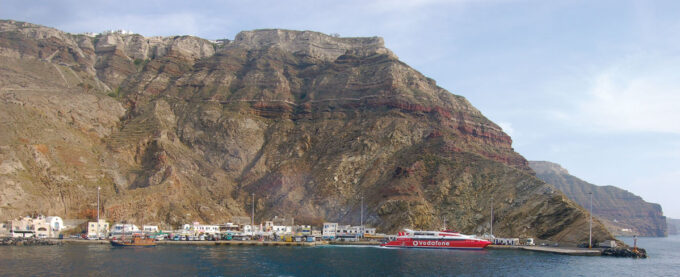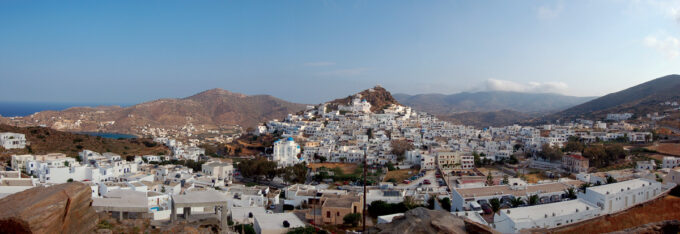Párga
In ancient times Párga had various names such as Paragiros, Ypargos and Paragaia. Based on the excavations, it is estimated that the area was first inhabited during the Middle Paleolithic era (300,000 – 30,000 BC). The inhabitants of the city had built Párga on Mount Pezovolos. From the Mycenaean years to its union with Greece,…











